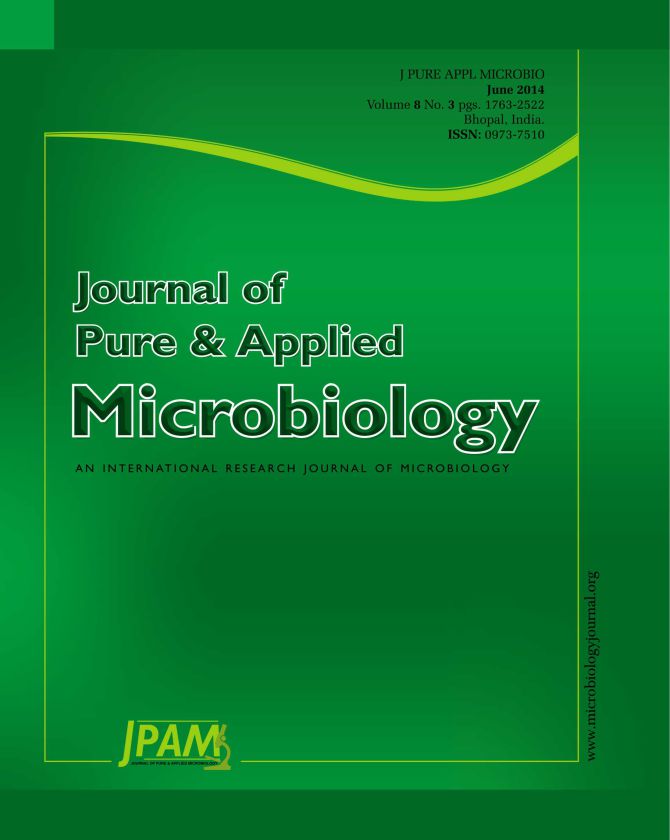Degradation of increasing phenol and phenolic wastes by some bacteria has become more important these days. 26 bacteria from activated sludge in an insulating material plant of China were isolated to investigate phenol degrading activity in minimal salt medium (MSM) containing 0.5 g/L phenol. 6 isolates showed high phenol activity after 6 cycles each consisting of 120 hours’ incubation. The isolate with the highest phenol degrading activity was subsequently identified as Pseudomonas sp. DHS3Y based on morphological, physiological, biochemical and 16S rRNA molecular phylogeny. A PCR product encoding the phenol hydroxylase gene was successfully obtained from Strain DHS3Y. The optimum conditions for achieving high phenol degradation were pH 7.5, 2.0 % (w/v) NaCl and temperature of 32°C. Pseudomonas sp. DHS3Y was found to degrade phenol of up to 0.9 g/L concentrations under the optimal conditions. The isolation of Pseudomonas sp. DHS3Y is a potential alternative for the bioremediation of phenol contaminated environment.
Phenol, Pseudomonas sp. DHS3Y, Phenol degrading activity, Bioremediation
© The Author(s) 2014. Open Access. This article is distributed under the terms of the Creative Commons Attribution 4.0 International License which permits unrestricted use, sharing, distribution, and reproduction in any medium, provided you give appropriate credit to the original author(s) and the source, provide a link to the Creative Commons license, and indicate if changes were made.


